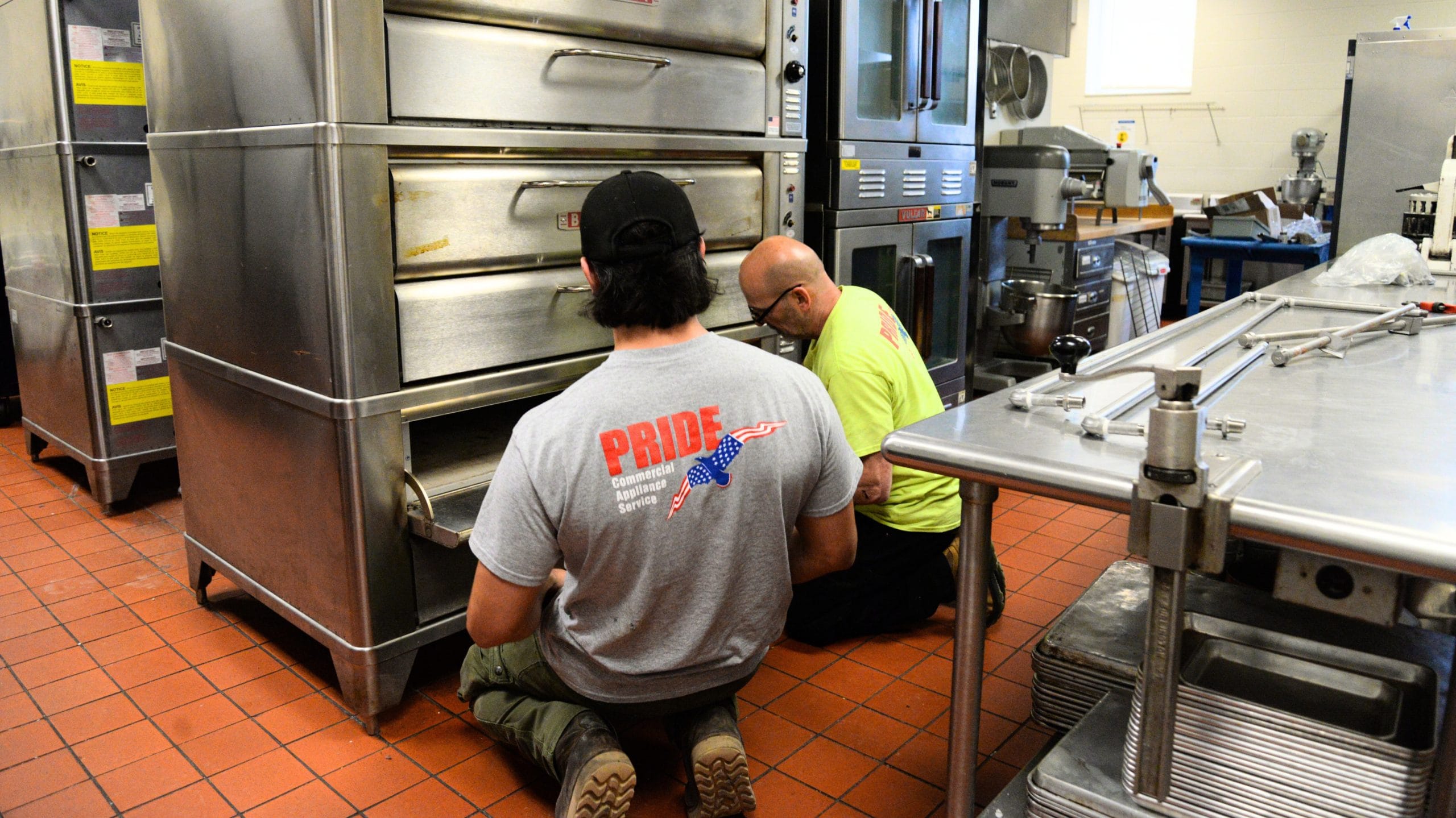
In school kitchens, timing and reliability are everything. Cafeterias serve hundreds — sometimes thousands — of meals in tight daily windows, all while working within limited budgets and meeting strict food safety guidelines.
When a piece of equipment breaks down mid-service, there’s no backup plan — just cold meals, wasted food, and a lot of stress on already stretched staff. That’s where preventative maintenance (PM) comes in: not just as a cost-saving measure, but as a critical safeguard for food safety, compliance, and student wellness.
🛠️ Regulatory Compliance Starts with Reliable Equipment
Every school receiving federal meal funding must follow a food safety plan built on HACCP (Hazard Analysis and Critical Control Points) principles. These guidelines identify points in the meal prep process — like cooking, refrigeration, and dishwashing — where failure could lead to contamination or unsafe meals.
When your equipment can’t hold proper temperatures or a dishwasher doesn’t sanitize properly, you’re not just risking failed inspections — you’re risking student health and program compliance.
⚠️ The Most Common School Kitchen Equipment Issues
Over years of working with school districts, we’ve seen a few repeat offenders when it comes to equipment challenges:
- Walk-in Coolers & Freezers: Worn gaskets, dirty condenser coils, and clogged drain lines lead to temperature drops that can spoil large volumes of food.
- Dish Machines: Hard water buildup and worn components often prevent these systems from reaching required sanitization temperatures.
- Combi Ovens & Tilt Skillets: These high-volume tools wear down quickly without proper cleaning and calibration.
- Hot & Cold Holding Units: These need to maintain precise temps to keep food out of the danger zone (41°F–135°F) — even a few degrees off can create food safety concerns.
The good news? Most of these issues are preventable with a smart, seasonal PM strategy.
📅 What to Inspect Before the School Year Starts
Planning PMs around your academic calendar is key. Here’s what we recommend addressing before students return:
- Calibrate hot and cold equipment to ensure temps are accurate from day one.
- Replace filters on ice machines and steamers to improve efficiency and water quality.
- Descale dishwashers and test chemical concentrations for sanitation.
- Inspect gaskets, seals, and connections — small issues now can become big problems later.
- Deep-clean units that are hard to access during the year (like fryer filters, hood systems, and condenser coils).
This isn’t just busywork — it’s insurance against last-minute breakdowns during meal service.
💸 Preventative Maintenance = Budget Protection
We know budget is always top of mind for schools. While preventative maintenance does require an investment, it’s one that pays for itself — in savings, uptime, and peace of mind.
- Fewer emergency calls: Reactive repairs are more expensive, often requiring off-hours labor and rushed parts.
- Longer equipment lifespan: PMs can extend the usable life of your ovens, coolers, and dish machines.
- More predictable budgeting: With a set PM plan, you’re not blindsided by surprise invoices.
- Less inspection stress: Equipment that runs properly keeps you in compliance and ready for unannounced visits from health departments.
✅ Peace of Mind Starts with a Plan
Preventative maintenance isn’t about checking boxes — it’s about making sure your kitchen supports your staff, your students, and your compliance needs every day of the year.
At PrideCAS, we specialize in school-specific PM programs built around your schedule. Whether you need a one-time pre-season inspection or a year-round service plan, we’re ready to help.
📞 Contact us today to schedule your site assessment today.
We’ll help you build a plan that keeps your kitchen running — so your team can focus on feeding your students safely and confidently!

